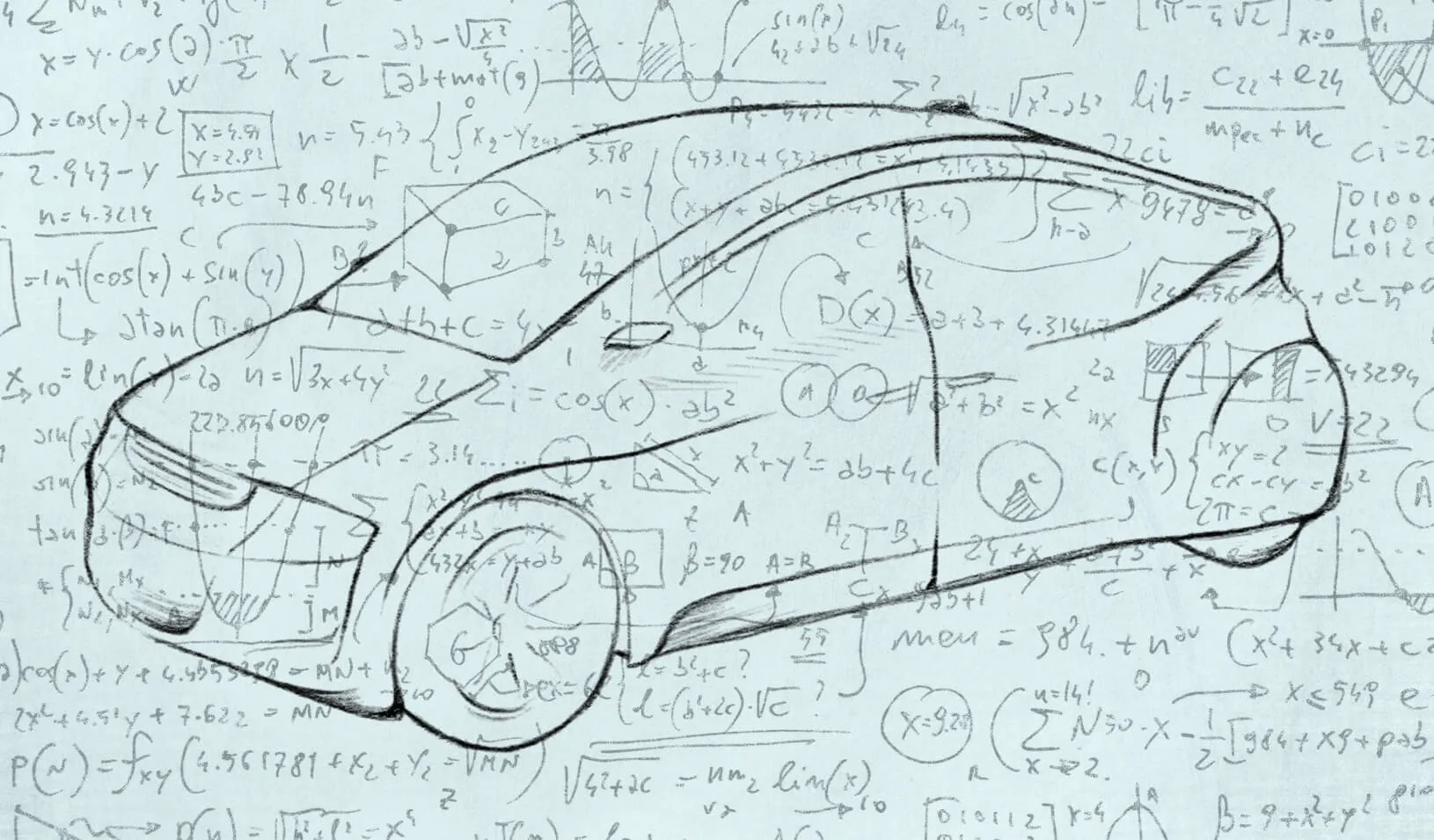Car 3.0? A Robot With Wheels
Nio U.S. CEO explains that cars of the future will be built on software.
August 09, 2018

Cars of the future could look like “living rooms on wheels,” says Nio’s Padmasree Warrior. | Illustration by Tricia Seibold (with iStock/maxiphoto)
You may have seen photos of “driverless” cars cruising down the road, but the images leave much to the imagination about what it will actually be like inside these vehicles. However, Padmasree Warrior, CEO of Nio U.S. in San Jose and chief development officer of global parent Nio, knows these cars well. The company, which has a permit to test its autonomous vehicles in California, started with a focus on all-electric self-driving cars. Nio also recently rolled out an all-electric SUV in China that includes advanced driver-assistance systems.
Warrior recently spoke at Stanford’s Value Chain Innovation: The Promise of AI conference about her vision for the cars of the (near) future:
It’s All About the Software
We’re moving into a “post-app” phase of innovation, Warrior says. “I tell all of the mechanical engineers at my company, ‘We aren’t building a car. We’re building a robot that looks like a car,’” says Warrior. “It has a lot of sensors, a lot of cameras. And there needs to be software that allows it to move by itself, stop by itself, navigate around objects and people, and distinguish between a human being versus a cat, or a dog, or a pole. That’s a fundamental difference between cars of today and where cars will be in the future.”
In the early days of the car industry, most of the innovation was in hydraulic and mechanical evolution. The last 30 to 40 years have been about electronics and electrical systems in vehicles. The “Car 3.0” being developed now is digital and built on software.
A Car with a Brain
With artificial intelligence playing such a large role in self-driving cars, the vehicles will be able to anticipate your music choices or find destinations for you. Instead of opening an app to find the best Thai restaurant, you’ll say something like, “Take me to the best Thai restaurant within five miles from my work.” The car will also tailor your music choices depending on whether you’re driving alone, with a friend, or with kids. “The most popular feature we showed at the Beijing auto show was people could say, ‘Take a selfie,’” she says.
AI is also being used to monitor maintenance needs, like when to check your brakes or add air to your tires. Today, a car’s system will tell drivers if the tire pressure is low, but it doesn’t say which tire or how long until you need air. With the AI being developed at Nio, your car will tell you exactly what’s wrong and when it needs to be addressed. “It’s simple things like this that we can actually solve very easily,” she says. AI is also used in self-driving for path prediction, identifying objects, and traffic simulations.
The Car, Reimagined
The car of tomorrow will be more of a service than a product, says Warrior. “In the future, when cars drive themselves and we don’t need drivers anymore, there will be robo taxis,” she says. “Maybe a car will do errands for you. It’ll go to Whole Foods to pick up your groceries; it will drop off your dry cleaning. We cannot imagine all the services that it would potentially be able to do.” The shift, she says, is already happening, and it will not just impact personal cars, but fleets of trucks and other freight operations.
“Think about it as a living room on wheels,” says Warrior. From a design perspective, there will be more emphasis on the inside of the car versus the exterior styling of the car. Nio’s Eve concept car has a lounge area with screens, a table, and reclining seats for sleeping. “Today in the car industry, most of the value is placed on manufacturing, exterior styling, and reliability,” she says. “In the future, the most value will be in the sensor space.”
In the U.S., 4 million Americans commute 90 minutes each way every day, according to Warrior. “That’s three hours of their day that they’re stuck in traffic,” she says. Drivers could increase their productivity, get more sleep, or simply sit back and relax.
How Can You Make the Cars Safe?
Questions of the safety of self-driving cars continue to crop up. Today, most traffic accidents are caused by human error, Warrior says, and the majority of human error is due to fatigue and distraction. “Self-driving cars eliminate that problem.”
The first place cars will likely become autonomous is on the highway. “Optimizing the highway and making it really safe is our first priority,” she says. “The majority of the time, we’re frustrated most by driving when we’re stuck in traffic on a highway. That’s probably where you would be using your autonomous system.
“The other thing we’re doing is actually over-correcting for mistakes. For example, if the car tells you, ‘Hey, the freeway is going to end in the next 10 minutes. I need you to take over driving,’ and let’s say you’re asleep or distracted and you’re not taking over, the car will pull over, stop, and force you to get up.”
Warrior says the next 10 to 15 years will be a transition period, and eventually driving will become more of a preference than a necessity. “Today, people ride horses but more as a hobby. Will that be what driving is 50 years from now?” she says. “I don’t believe it’s going to completely wipe out driving for all time. But I think the population that drives will shrink.”
For media inquiries, visit the Newsroom.
Explore More

Respond. Reflect. Rethink.




